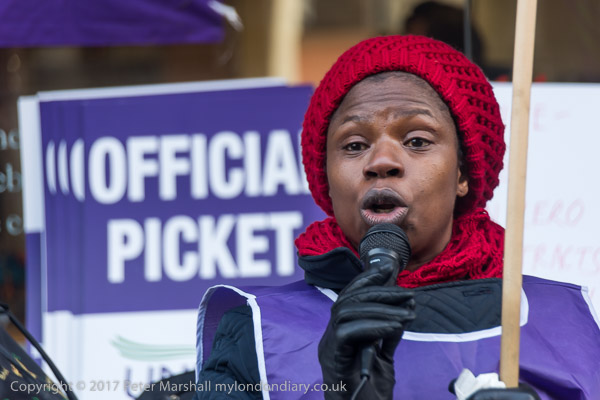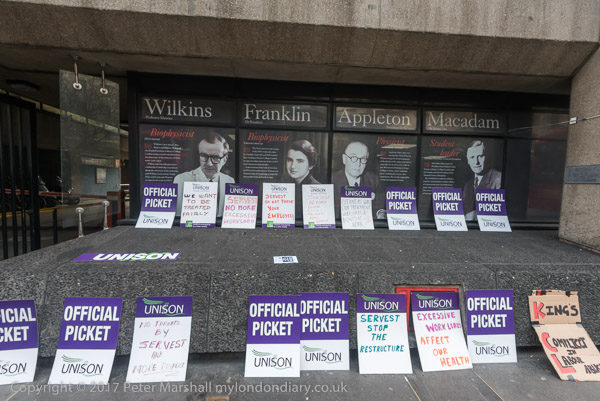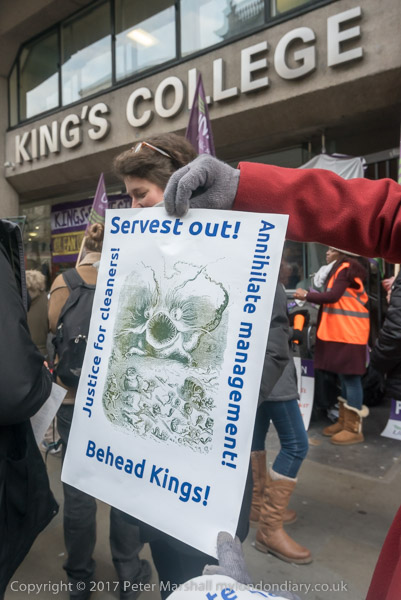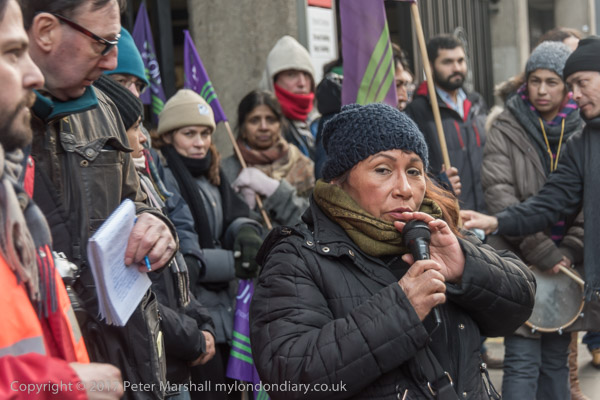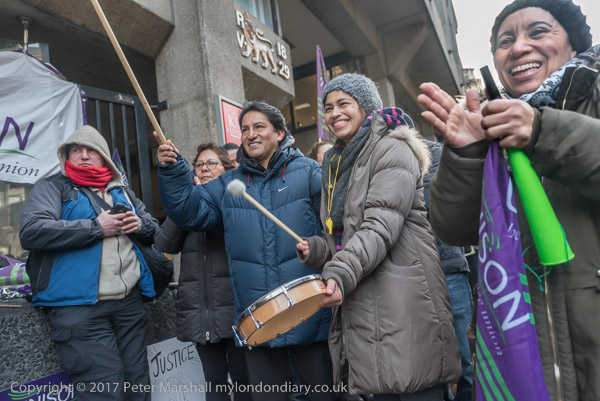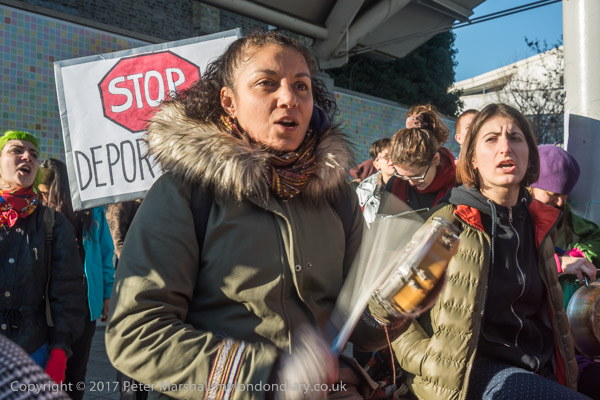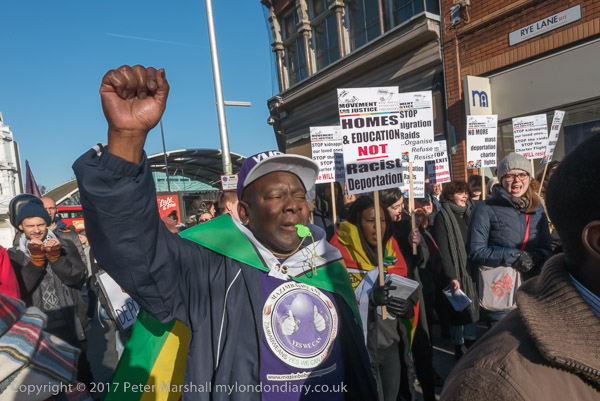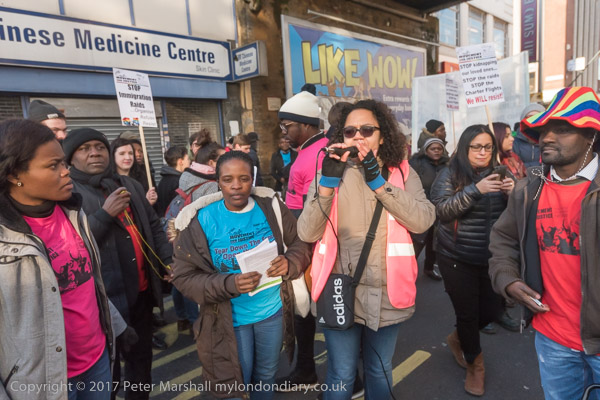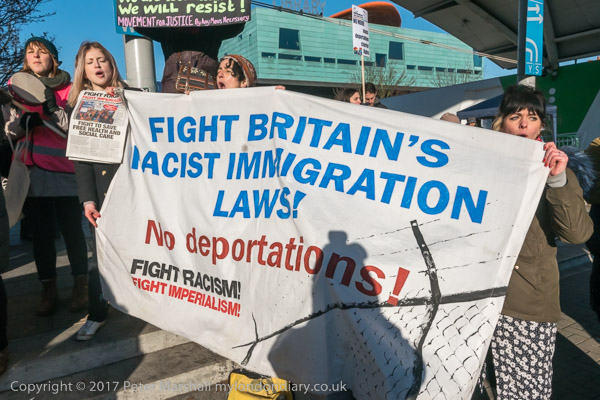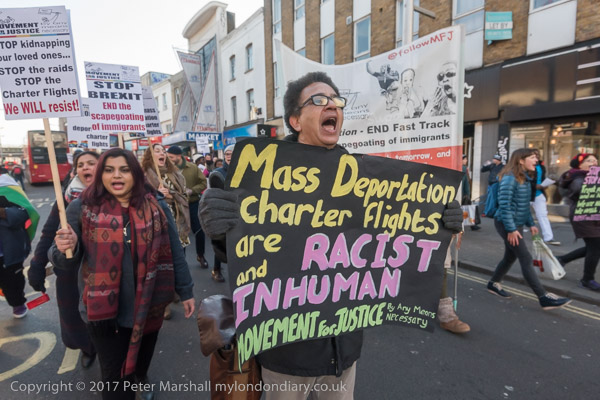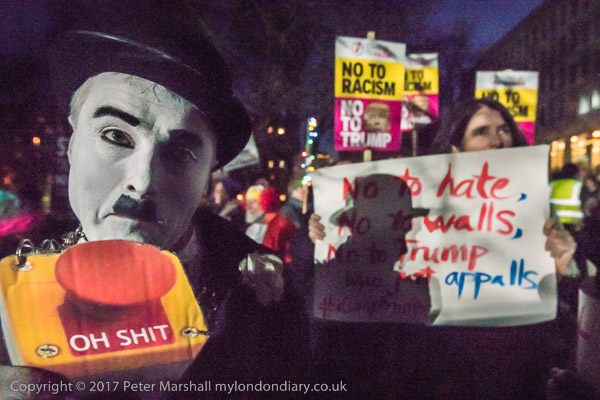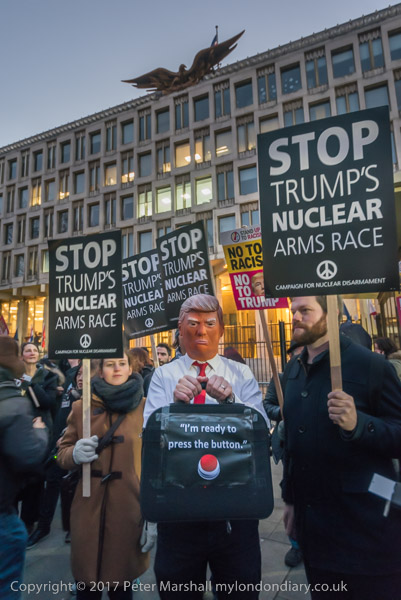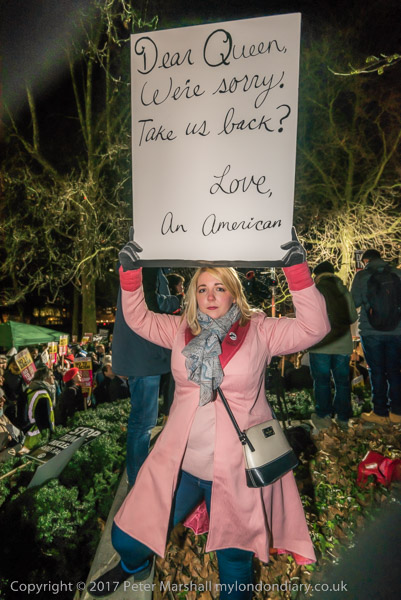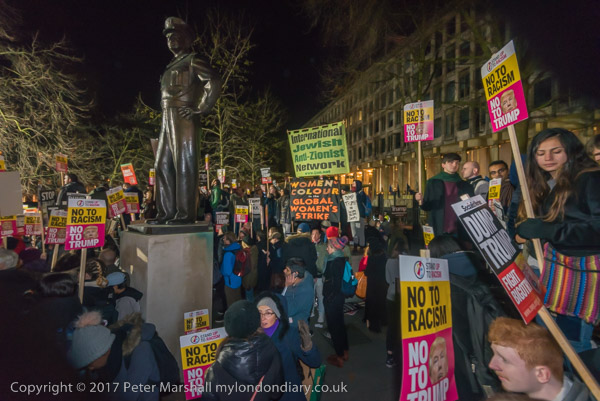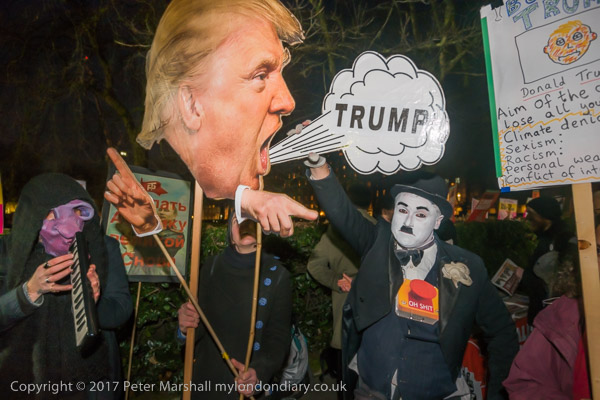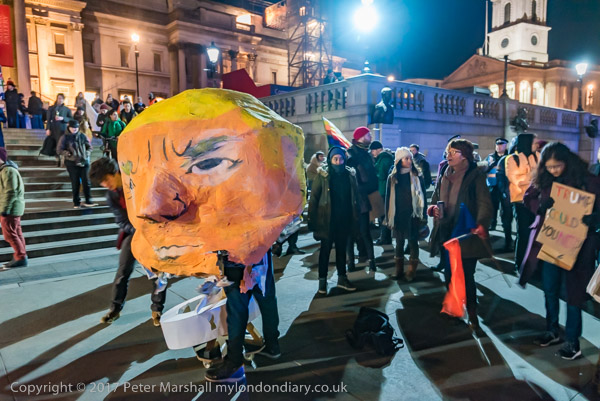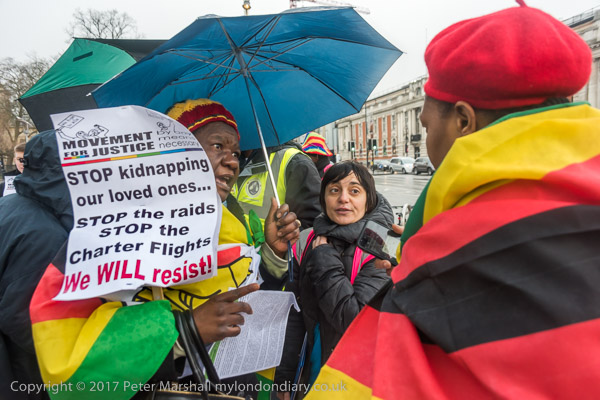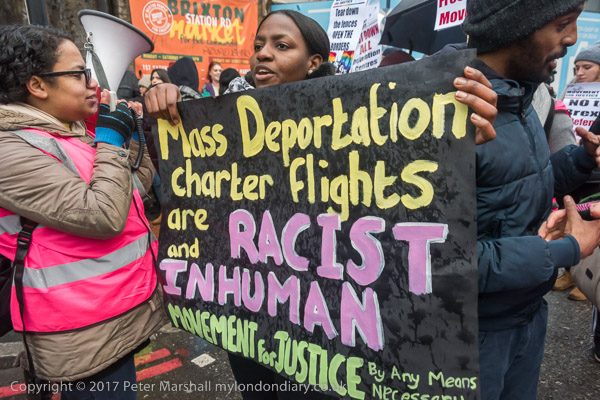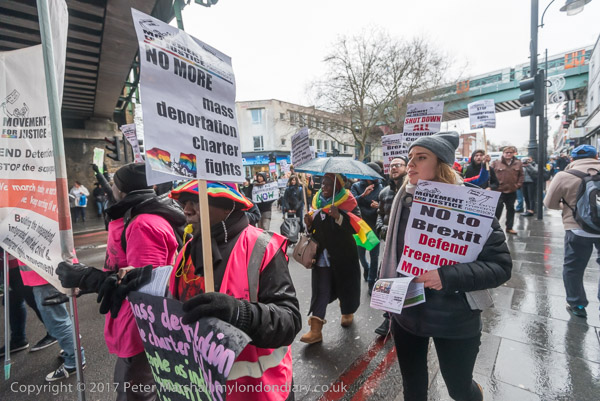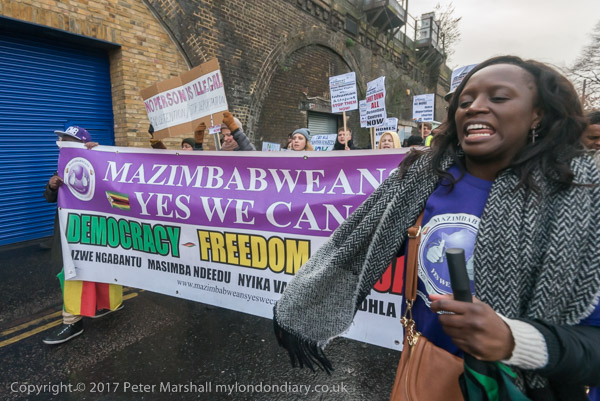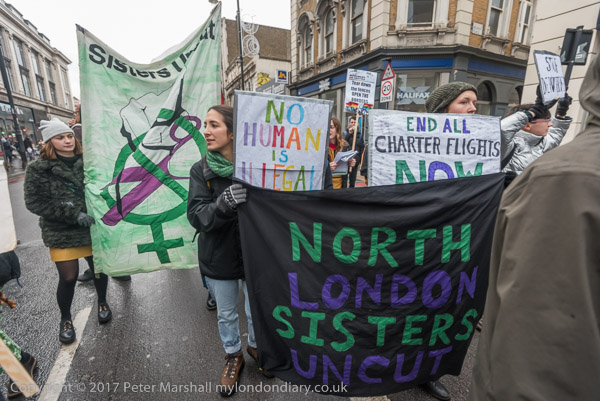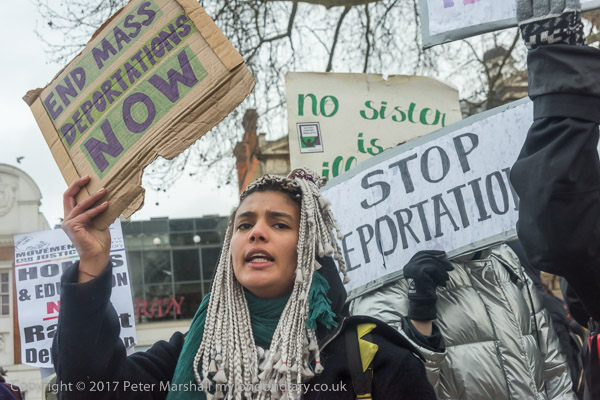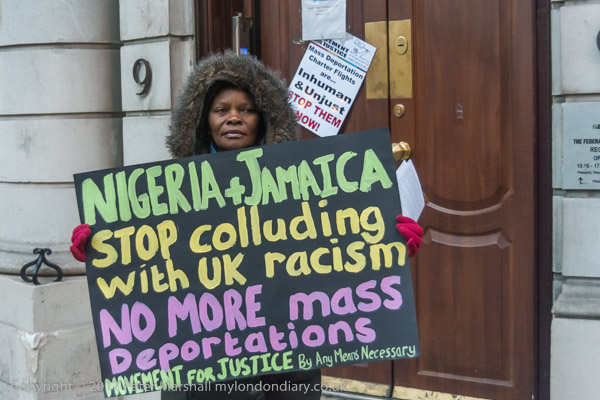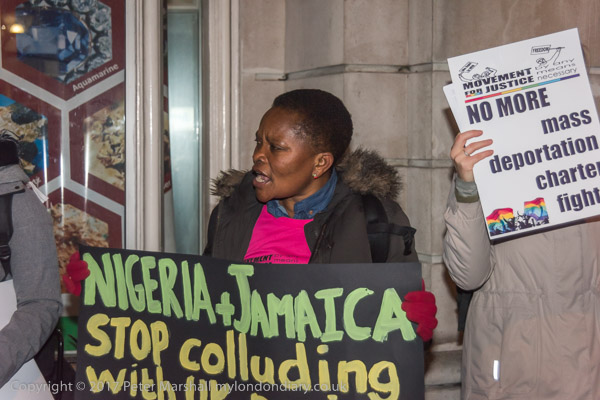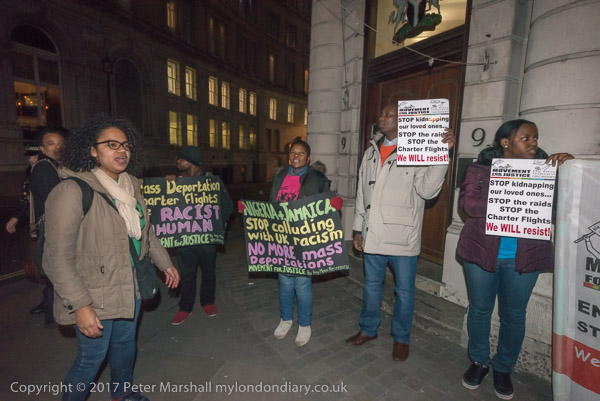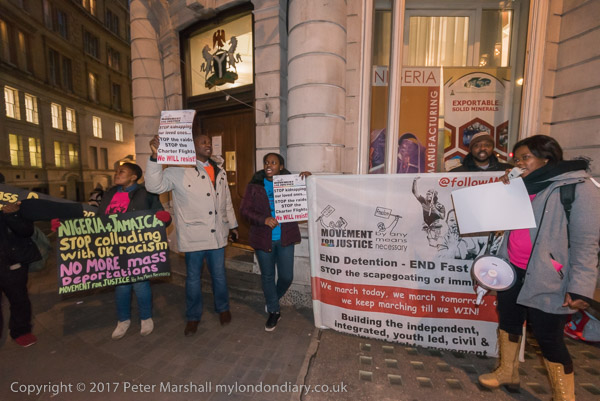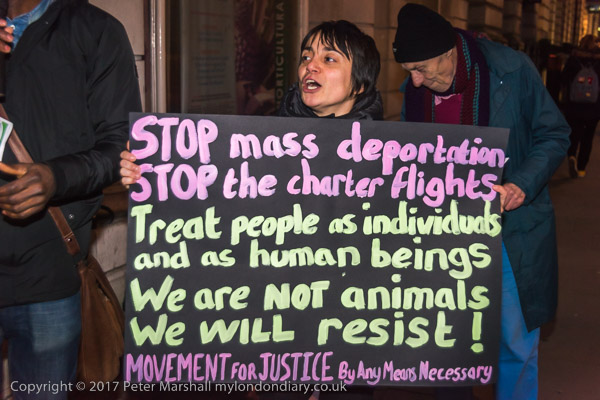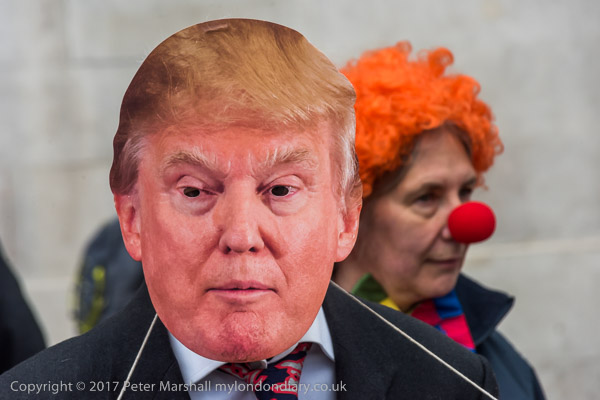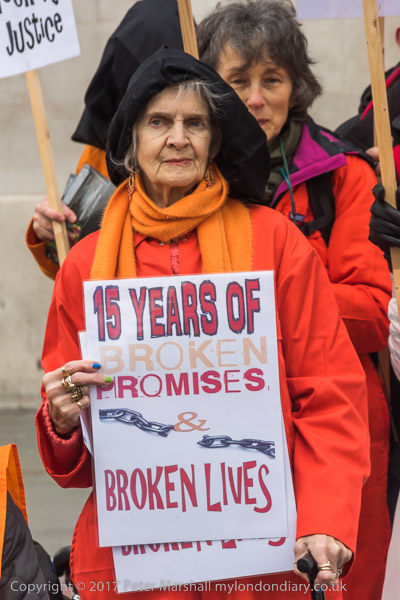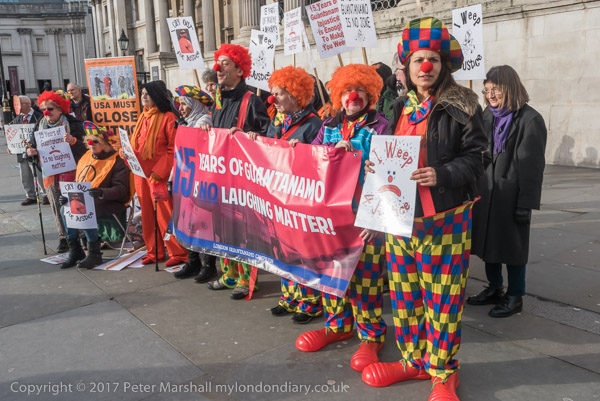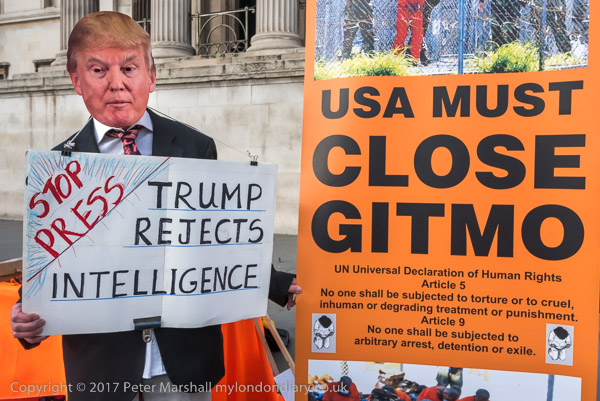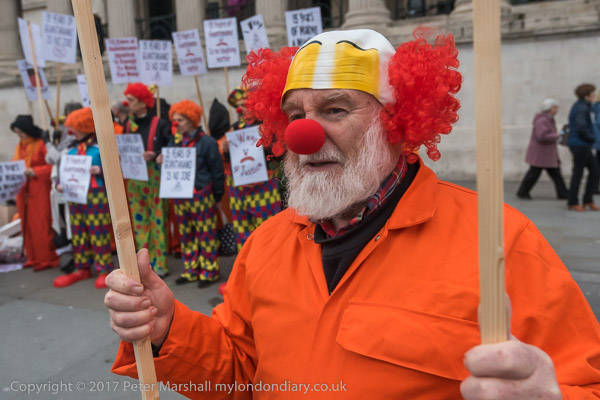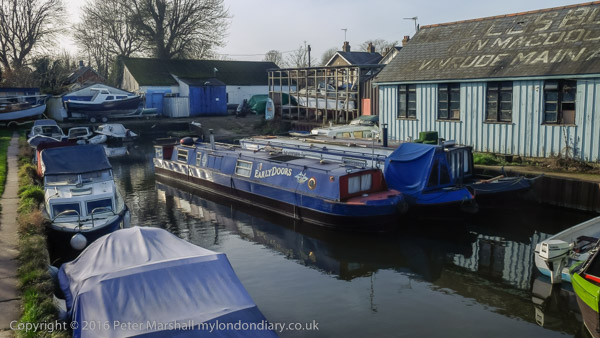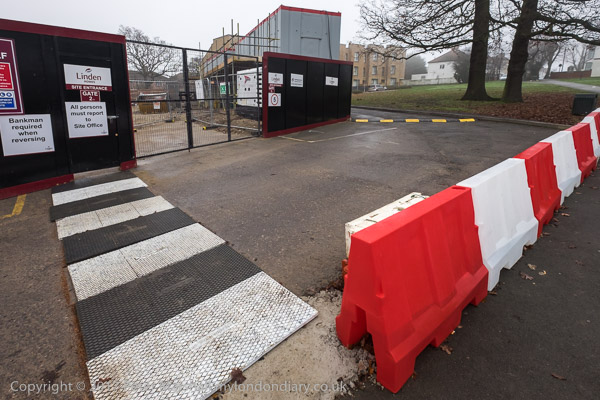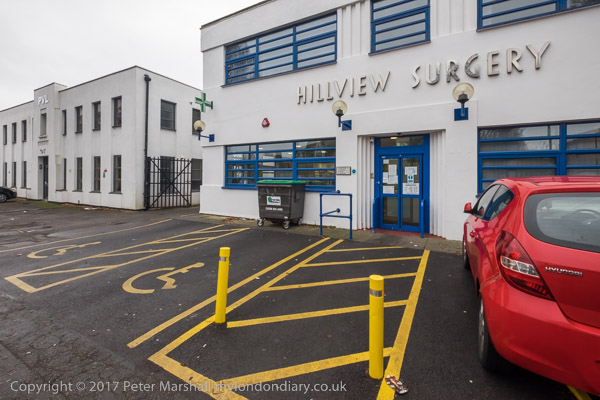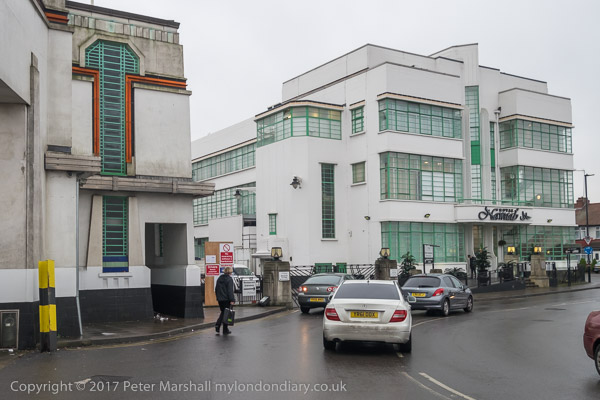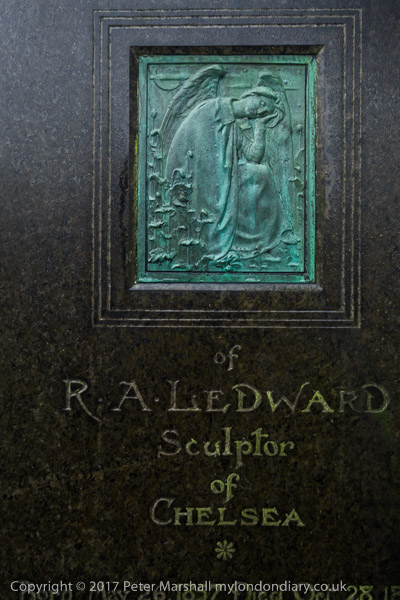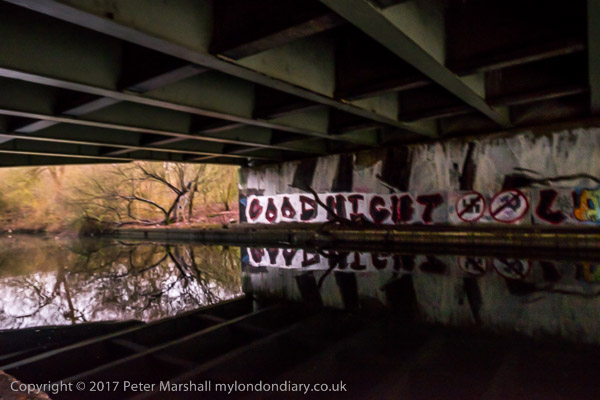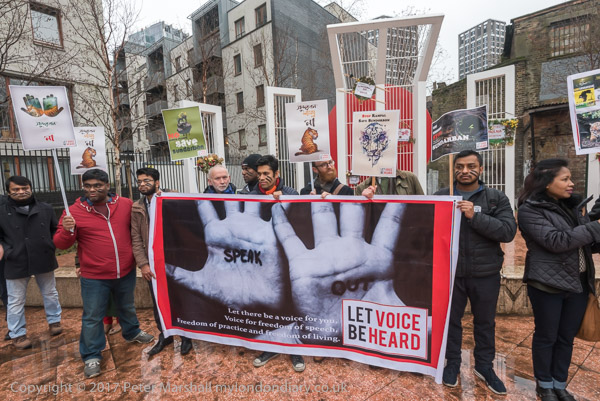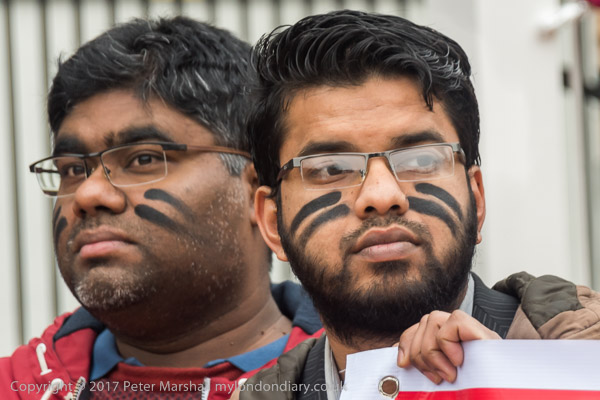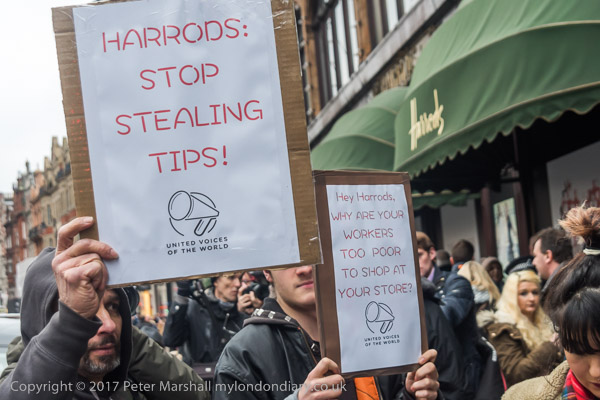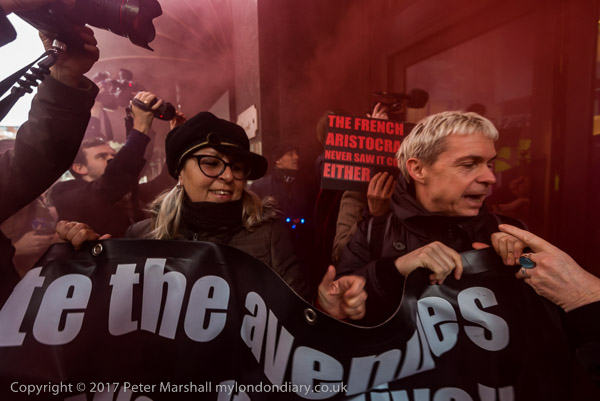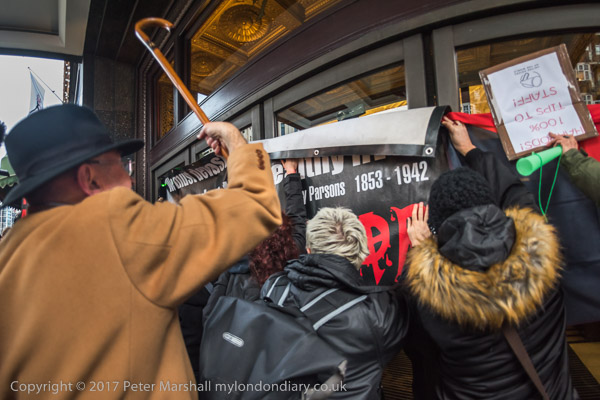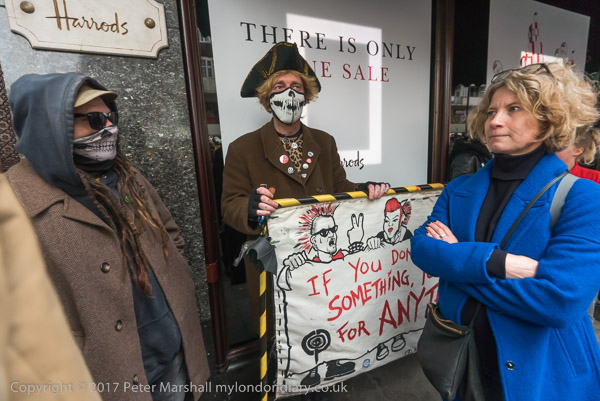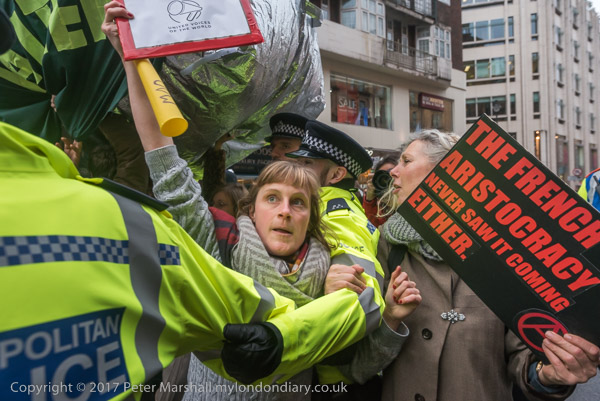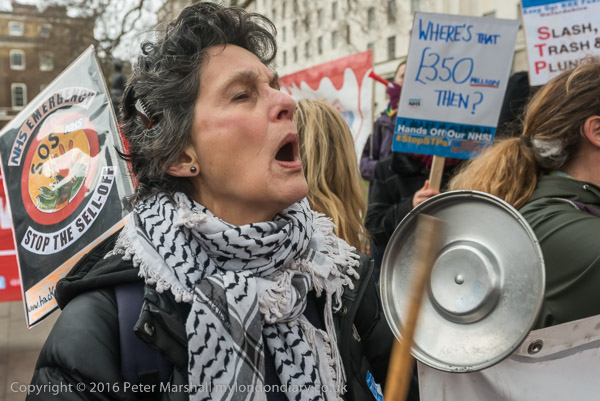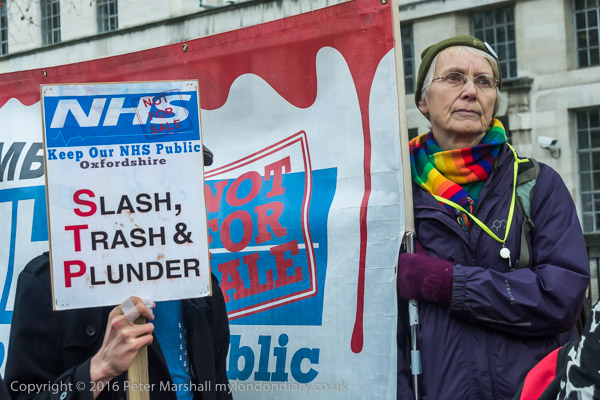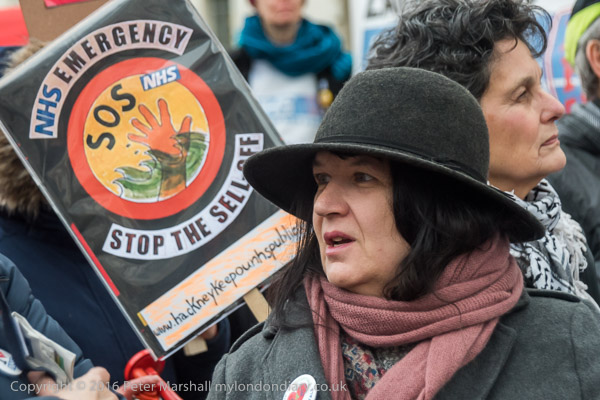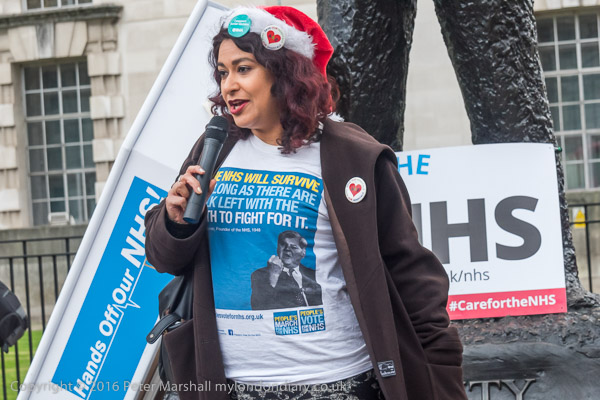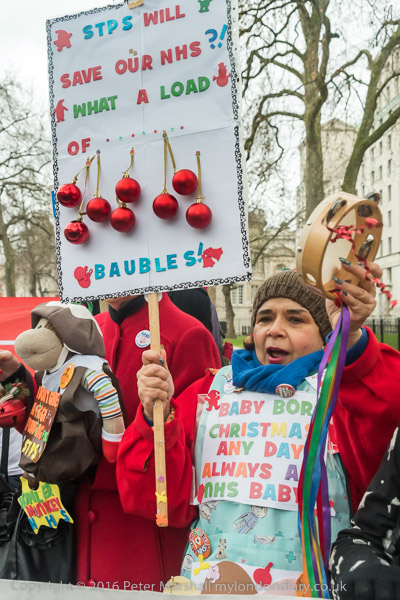In the past I’ve bought HP printers. Both inkjet and laser printers for the college at which I taught, and we still have an HP Laserjet 1100 attached to my wife’s computer, still going strong after around 18 years, though now always with cheap compatible toners. I won’t buy HP – and their toners cost 5 times as much.
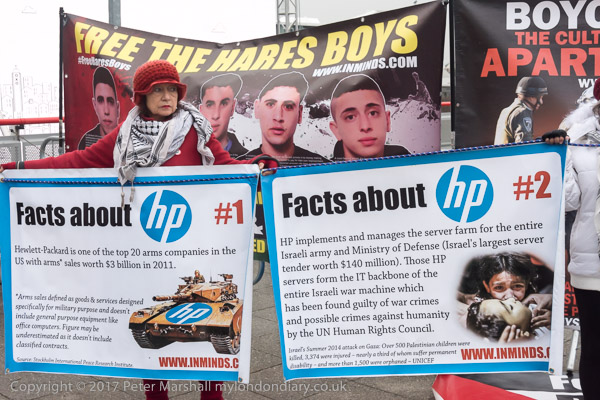
I probably first bought HP printers after seeing them on the HP stand at BETT, which used to be known as the British Educational Training and Technology Show but is now billed as the “World’s Leading EdTech Event” and likes to hide the British bit of its name. Back when I first went it was at the Barbican, then moved to Olympia, where I took my first ever pictures with a digital camera on one of the stands (and wasn’t too excited by the quality) and is now held every January at the Excel Centre on London’s Royal Victoria Docks.
People do come from all around the world to the show now – not that there is really any need to, but it’s a good excuse to get out of school for a few days and get a trip to London and your hotel paid for by your employer, though for me it was only a day off and the train fare. You can pick up a few ideas at the various sessions and stands of all the leading companies, and I certainly saved my employers money by getting some good deals on gear, but that was before the days there was so much on line that big shows like this with all the travel etc are really just a perk for those who get to dine out on them. How much longer we can waste all the carbon involved?
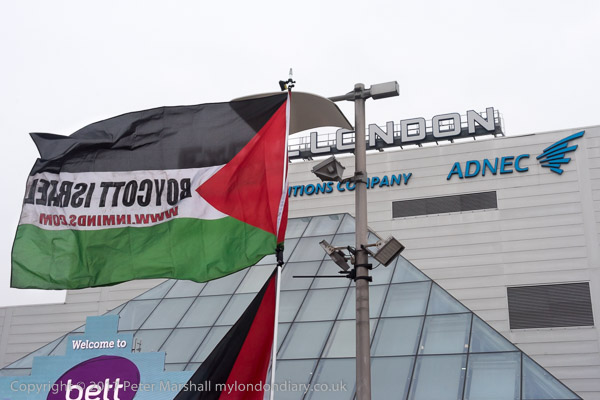
But now I certainly wouldn’t buy from HP, as I’ve read all the information from Inminds at this and other protests, and know the vital role that HP play in supporting the often illegal and inhumane persecution of Palestinians by the Israeli state and its military. Inminds launched its campaign to boycott HP in September 2014 and I’ve covered a number of their protests at various venues since then. You can read why they boycott HP on their web site, which also has some of their pictures from the protests and graphics which show some of the posters too small to read in my pictures.
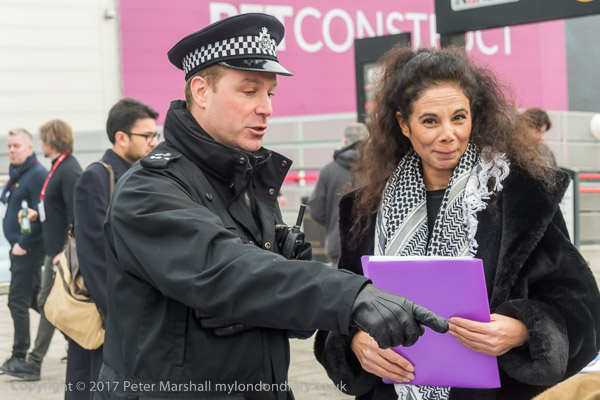
I didn’t stay too long at the protest – the courtyard in front of the exhibition centre is a cold and windswept place. It’s also one of London’s many (and increasing) privately owned public spaces, and although the centre’s management don’t try to prevent the protest, they do try to marginalise them. Throughout the time I was there the police were constantly coming to the protest organisers and trying to move them further away or restrict their activities, though their requests were not always complied with.
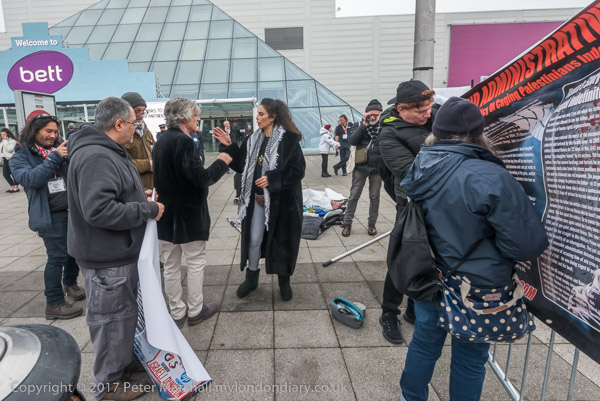
Quite a few of those going into the show came to read the posters and others came across when they came out from the exhibition for a cigarette break. There were a couple of people who reacted adversely – one complained bitterly and loudly that they were not protesting about the mistreatment of Armenians, and was told if he felt strongly about the issue he should organise a protest. Police eventually led him away and talked to him and he went on into the exhibition.
Another man threw a hefty show catalogue at the protesters, fortunately missing them and complained that they were anti-semitic. They told him that they had no issues with Jews – and several of the protesters were Jewish, handed his catalogue back and told him to behave himself, and again police came and told him to keep the peace.
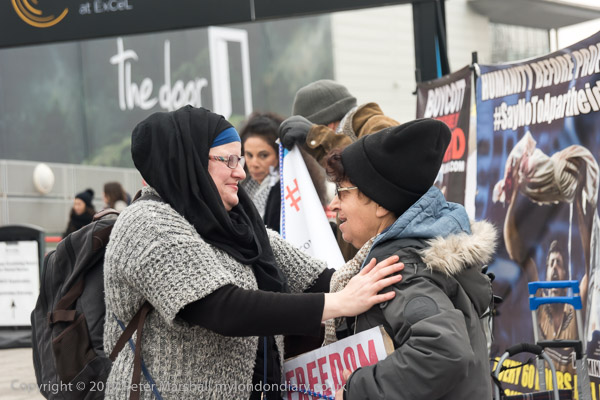
But there were more who came to praise the protesters and thank them, taking photographs on their phone and tweeting about the protest, including one woman who then went along the line of protesters, hugging and kissing each in turn.
More pictures: Ban HP from BETT show
